- Design
- 1314 views
Italian design is a unique expression of creativity and innovation, reflecting the country's rich history and cultural heritage. This article will guide you through the origins of Italian design, its distinctive features and how to successfully incorporate it into your interior design.
What is Italian Design
Italian design is a concept that embraces a wide range of products and disciplines, including fashion, furniture, automobiles and more. This unique style dates back to the Renaissance era, a period of great artistic and intellectual achievements in Europe from the 14th to the 17th century. During this period, Italy saw artists and architects such as Leonardo da Vinci and Michelangelo flourish, revolutionising the way we see art and design. This movement marked a departure from the Gothic style and gave rise to what we know today as Mannerism, a period when art and design were characterised by great attention to detail, a strong emphasis on perspective and a predilection for complexity and elegance.
What makes Italian design so „Italian“
Italian design is known for its attention to detail, its innovation and its ability to combine functionality and beauty. This is reflected in everything from cars and bags to furniture and architecture. Italy is famous for its long history of excellence in design, dating back to the Renaissance era. This tradition of beauty, art and good living can be found in almost every aspect of the home. Italian-style homes are not only luxurious, they offer high-quality details and the finest craftsmanship from the walls, to the floors, to the furniture. It is timeless design in all things.
The most iconic objects in the history of Italian design
Italian home design is renowned for its elegance, its attention to detail and its ability to combine functionality and beauty. Some home design pieces have become true symbols of Italian design, thanks to their uniqueness and the skill of the designers who created them.
An emblematic example is the Superleggera chair, designed by Gio Ponti in 1957. This chair, made of ash wood and with a Vienna straw seat, has become an icon of Italian design for its lightness and elegance. The Superleggera represents the essence of Ponti's design, which combined traditional Italian craftsmanship with a modern and innovative vision.
Another iconic piece of Italian home design is the Arco lamp, designed by the brothers Achille and Pier Giacomo Castiglioni in 1962. This floor lamp, with its Carrara marble base and long stainless steel arm ending in an aluminium shade, has become a symbol of Italian design for its combination of high-quality materials and its unique and innovative shape.
The Up armchair, designed by Gaetano Pesce in 1969, is another example of Italian home design that has made history. This armchair, with its organic shape and bold design, has become a symbol of modern Italian design. The Up armchair represents Pesce's vision of a design that is both functional and artistic.
Alessandro Mendini's Proust chair, created in 1978, is another iconic piece of Italian home design. This chair, with its classic shape and hand-painted dot decoration, is a perfect example of how Italian design can combine tradition and modernity in one design piece.
Another example of Italian design for the home is the Lady chair by Marco Zanuso. This chair, with its soft curves, tapered legs and luxurious leather and velvet upholstery, embodies the suave and sophisticated appeal of 1950s Italian modernism.
Finally, Franco Albini is known for his ability to apply an architectural aesthetic without losing sight of innovation and function. His work retained a warmth and charm that stemmed from his experimentation with inexpensive materials, forms and spaces.
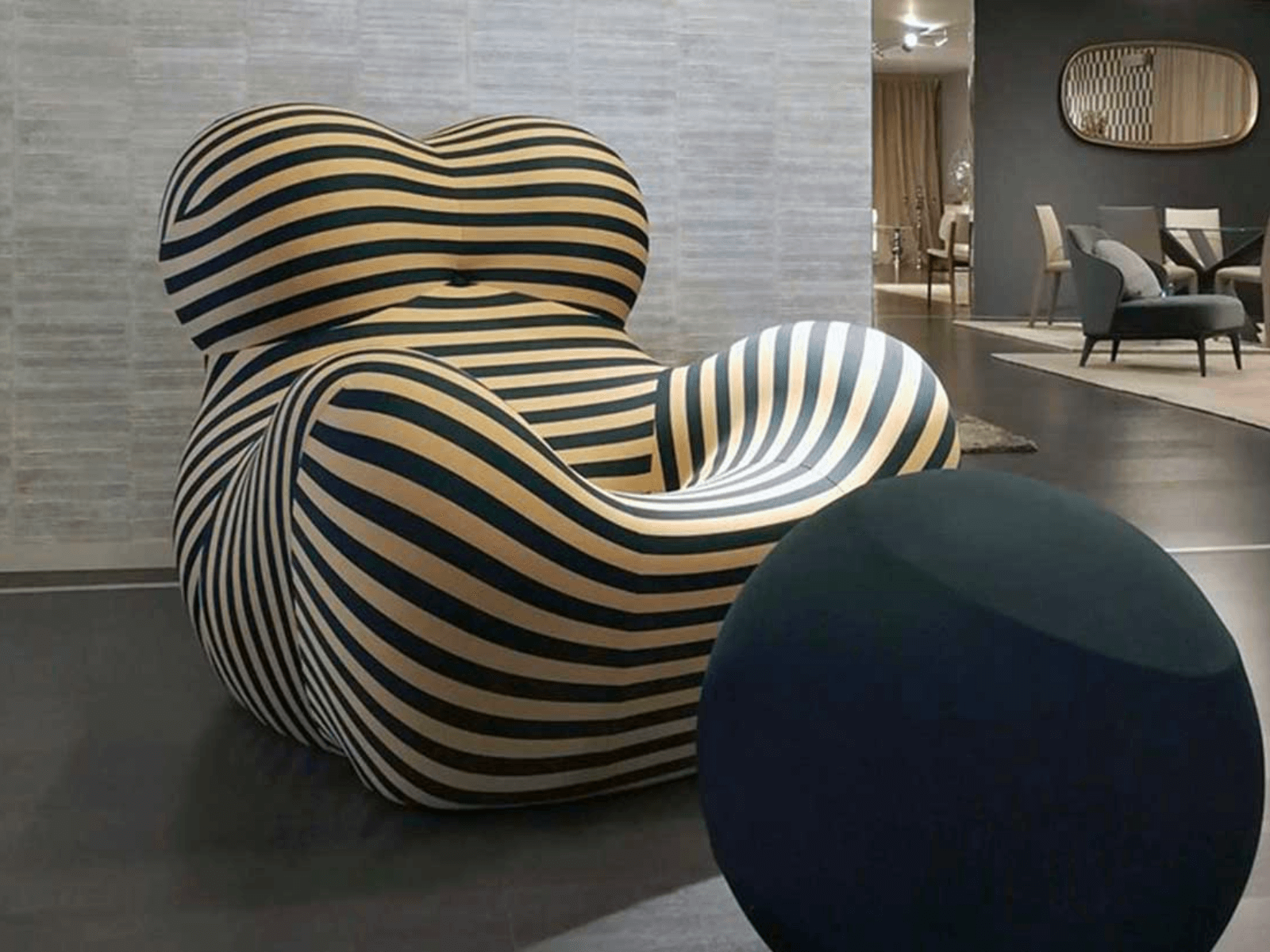
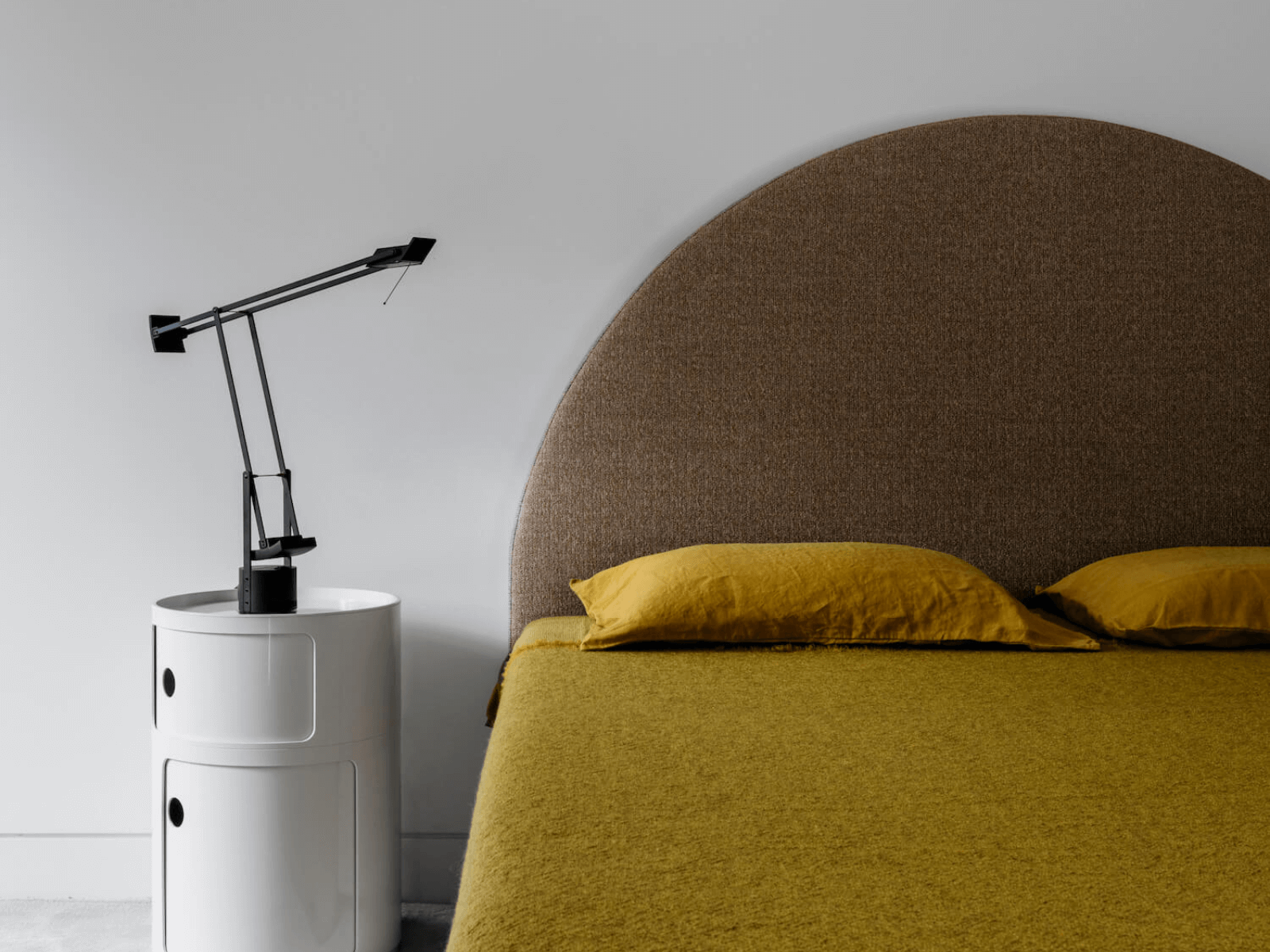
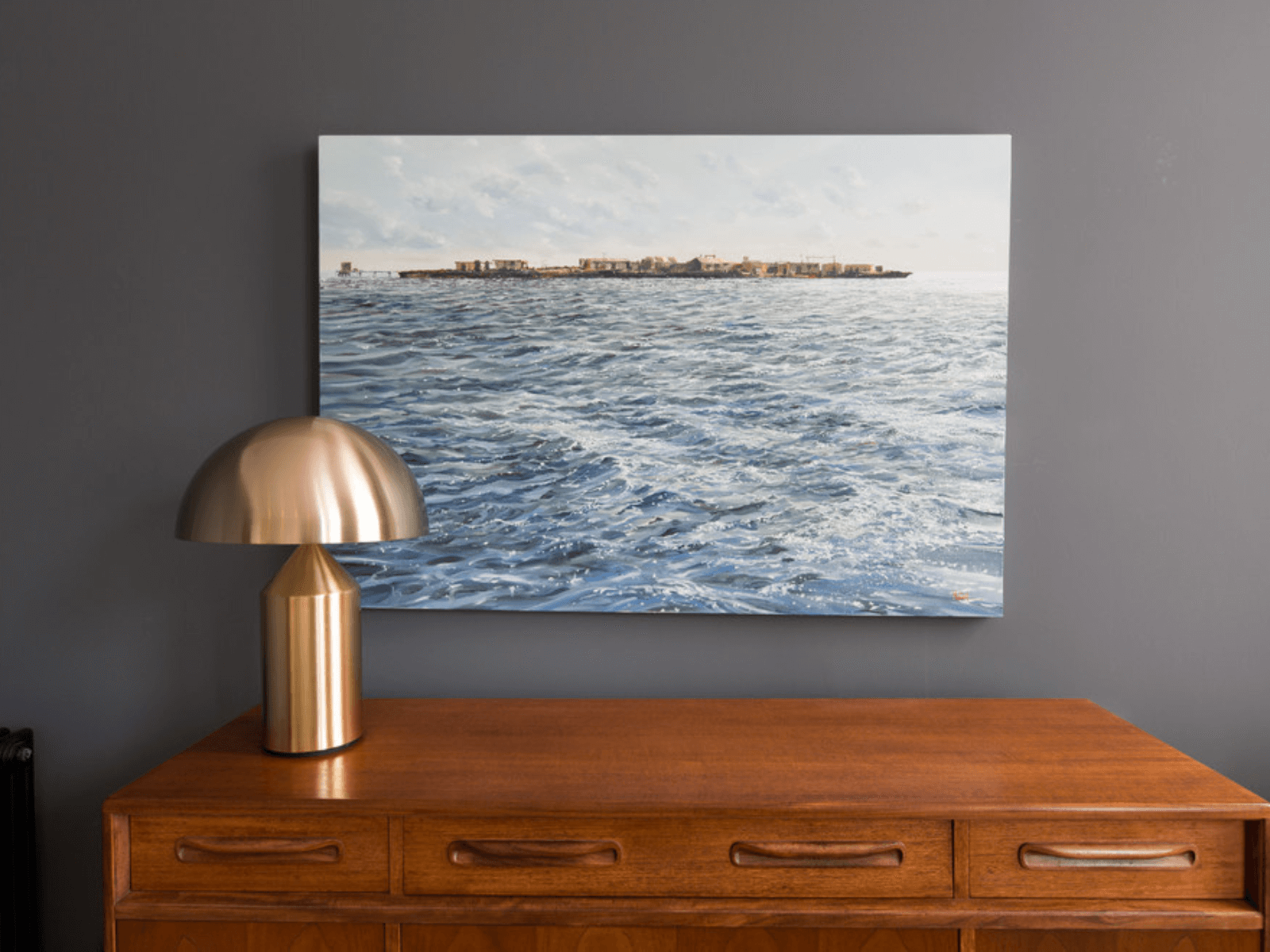
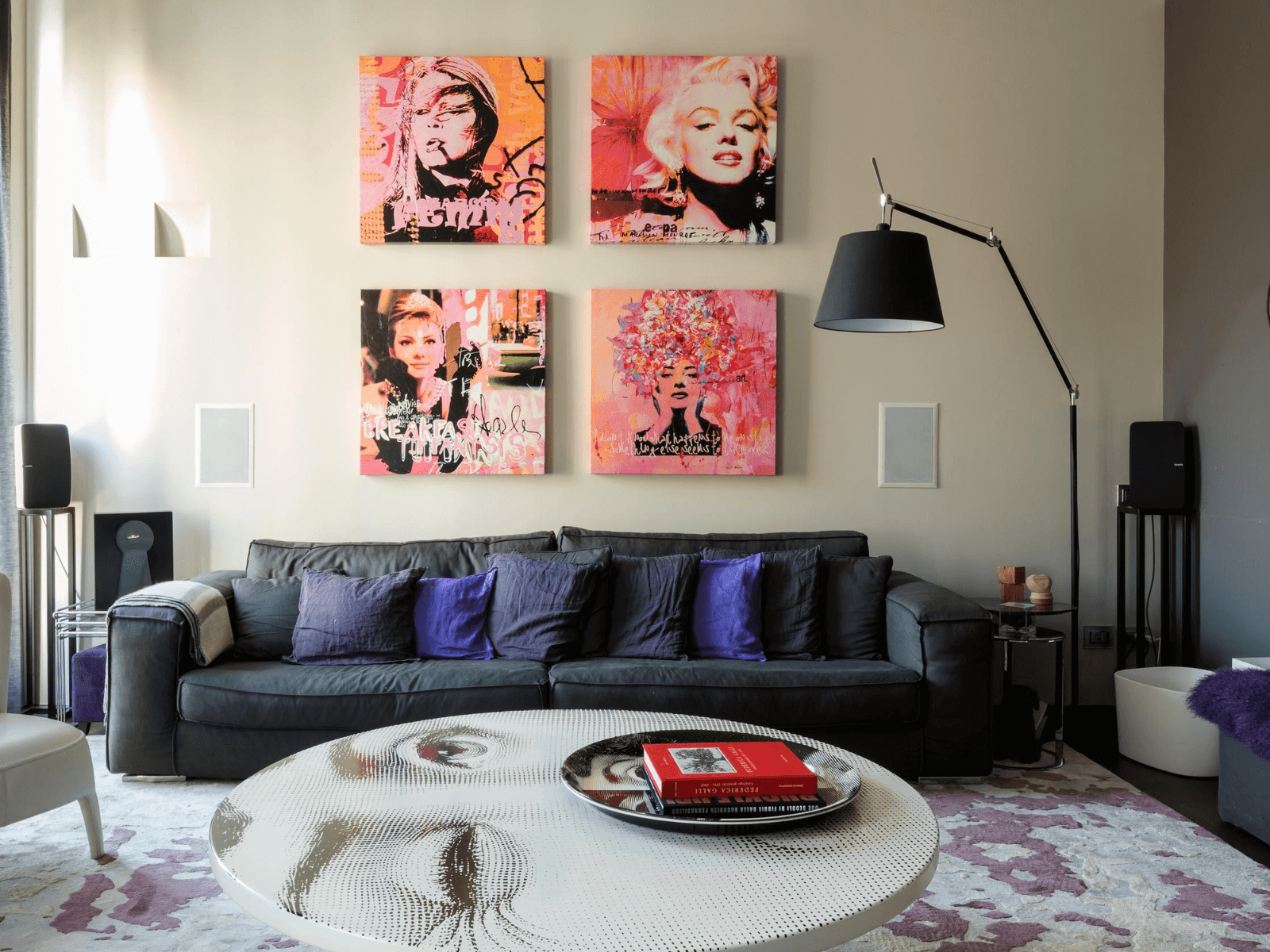
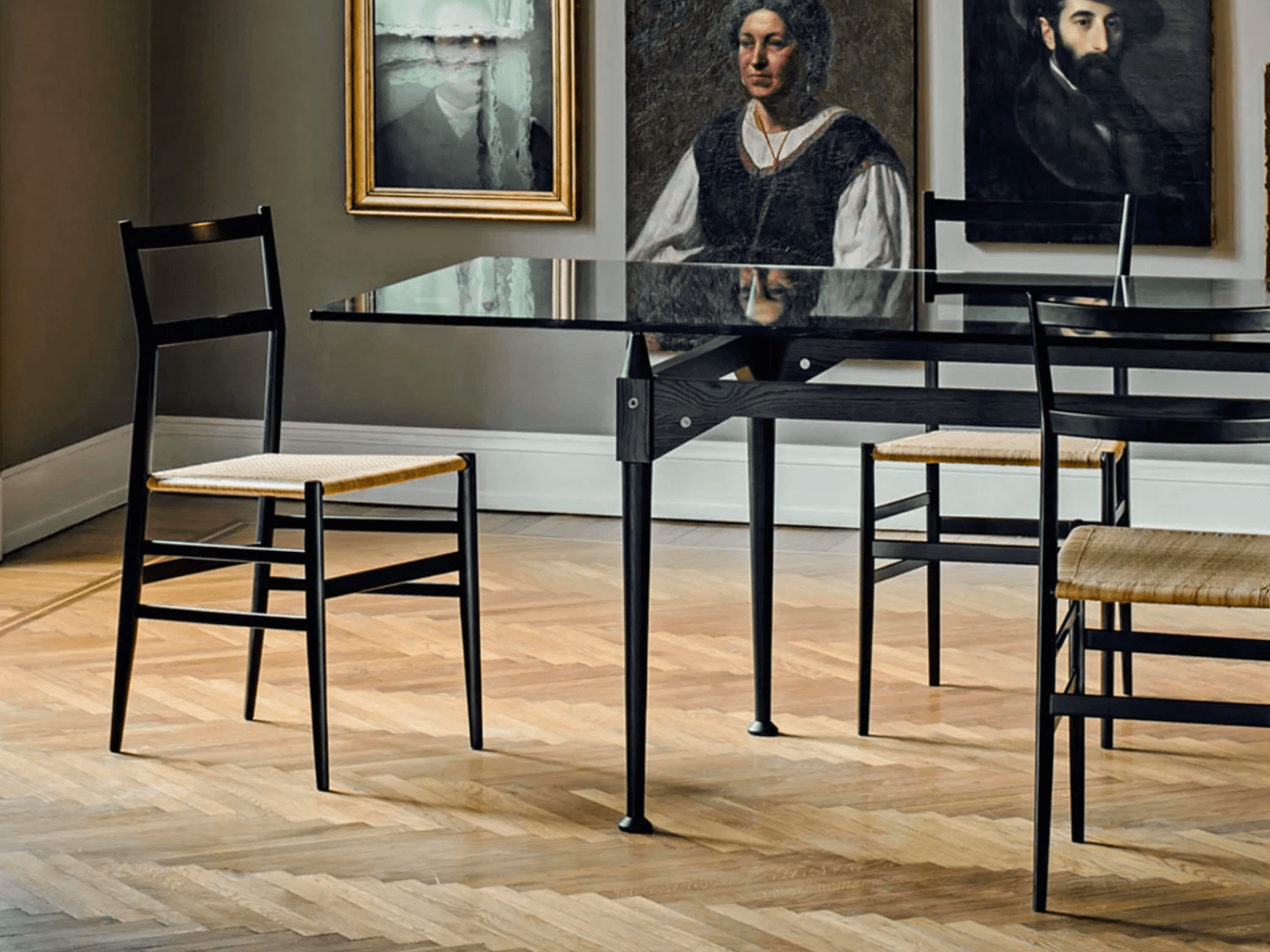
How to integrate Italian design into your furniture
Integrating Italian design into your décor may seem like a challenging task, but with a little planning and consideration, it can become an enjoyable and rewarding process. Italian design is known for its versatility, which means it can easily be incorporated into a variety of décor styles.
First, consider the ambience you wish to create. Do you want a modern, minimalist feel or do you prefer a more classic, traditional look? Italian design can adapt to both of these styles. For a modern look, consider Italian design pieces that feature clean lines, geometric shapes and materials such as steel and glass. For a more classic look, look for pieces that feature handcrafted details, natural materials and softer, organic shapes.
Another important aspect to consider is colour. Italian design often uses a neutral colour palette, with accents of brighter colours. This can be a great way to add a splash of colour to your space without overloading it.
Finally, don't forget accessories. Items such as lamps, rugs and artwork can make a big difference in your space and are a great way to incorporate Italian design into your décor. Look for pieces that reflect your personal style and blend well with the rest of your décor.

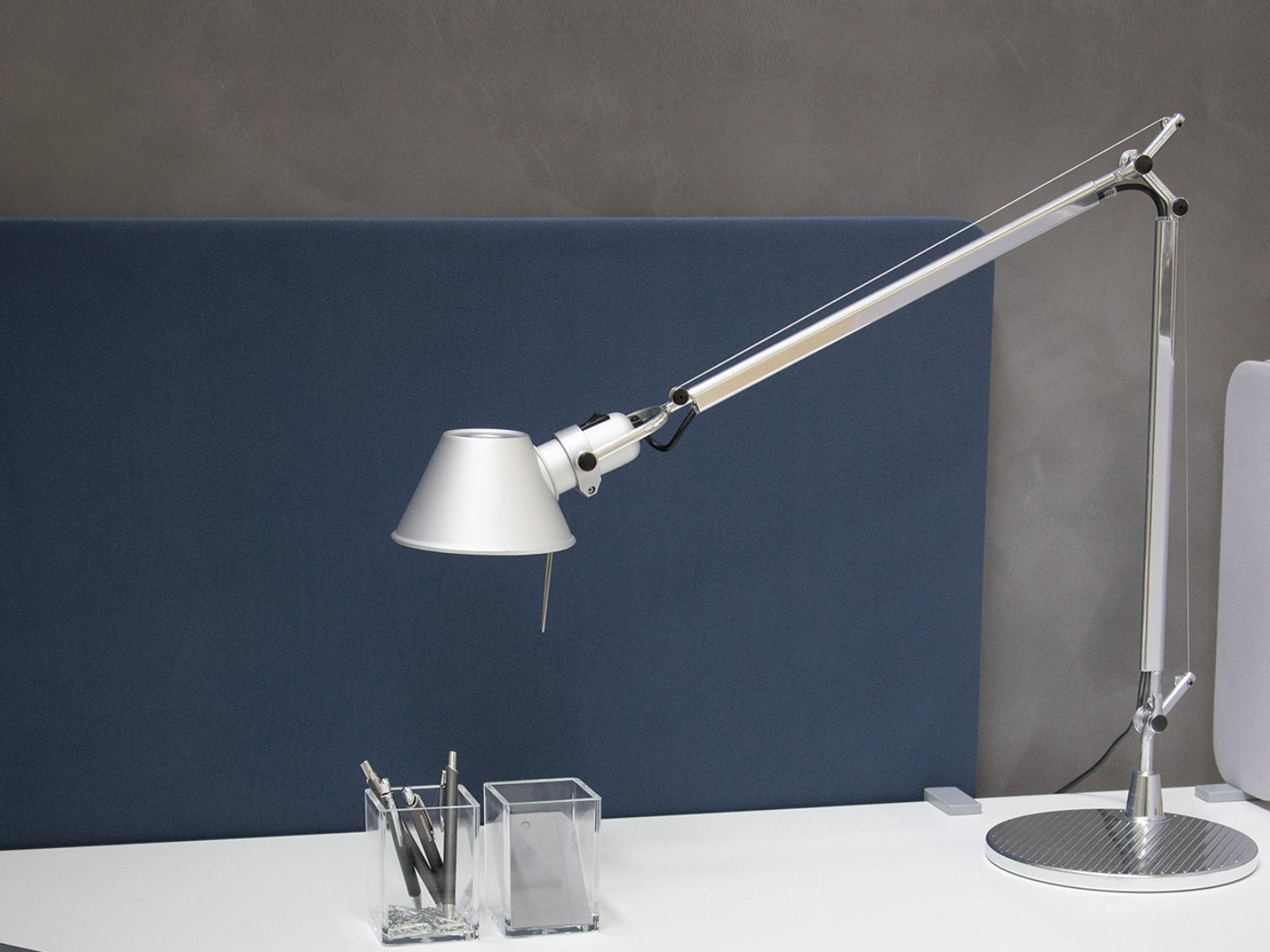
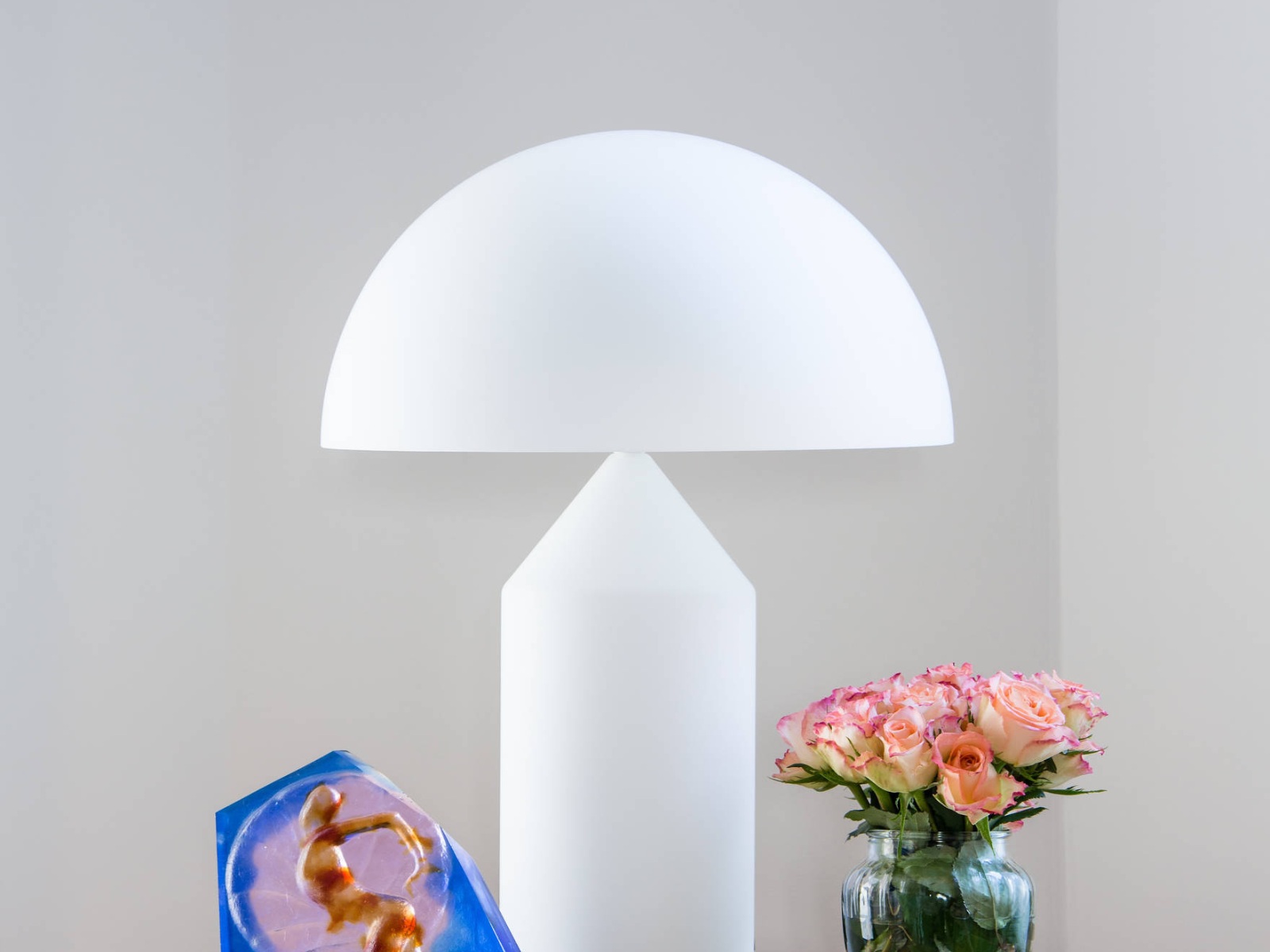
Italian design is a balance between tradition and innovation, between beauty and functionality. Whether you are inspired by traditionalist designs or prefer a modernist approach, invest in the best items you can afford and use unique objects whenever possible. With a little planning and an eye for detail, you can create an ambience that reflects the elegance and sophistication of Italian design.








